The Baby Boomers are coming around the mountain – so to speak. They’ve dominated the highest median household income bracket for over two decades and have amassed more wealth than their parents’ generation, resulting in most everyone being well-positioned to ride off into the sunset of retirement.
The financial crisis of 2008 and the ensuing global recession apparently had other plans for this aging demographic, causing two-thirds of them to put their retirement plans on hold. But now that the economy has begun to bounce back, Boomers are finally gearing up for their long-awaited rest and relaxation time. The biggest question is: “where will everyone go when it’s finally time to settle down?”
Today, there are over 75 million Americans ages 51 to 69, and the senior living industry, namely independent and assisted living segments, have been rapidly changing to accommodate the huge influx of new residents and business. Further, the stigma of moving to a retirement community that includes the full spectrum of long-term care has decreased over the years. Elderly couples and singles would rather live with others in the same situation than burden their children and loved ones.
The onset of the Baby Boom saw educational and child-care systems bend and buckle under the strain of the new population, but the senior living industry has had time to prepare, and is changing its systems and practices in a number of key ways:
- More new long-term care facilities, with a heavy focus on independent and assisted living. The assisted living business is experiencing substantial growth and is expected to maintain a steady expansion year-by-year. With more assisted living facilities opening than ever before, the retiring Boomers will have an abundance of choices when deciding how and where to spend their golden years.
- A shift from paper to electronic records
- The number of assisted living residents is expected to double nationwide by 2030, but most facilities aren’t big enough to even house the filing cabinets of regulatory forms, let alone the anticipated new residents. Assisted living software has drastically improved in the past decade in usability, security, affordability, and comprehensiveness. Now most communities are turning to paperless options to save their precious square footage but more importantly, to keep their documents secure, records accurate, and processes efficient.
- In addition to saving space, software has streamlined facility processes across the board. This has revolutionized the system of obtaining and passing medication. Assisted living software minimizes mistakes by tracking every step of medication distribution; With more residents to care for, nurses will be stretched even thinner, and online forms ease their workload and eliminate redundancies. Software like ALIS provides reporting for administrators to guarantee they’re informed at all times regarding medications management throughout their facilities.
- Delegating assignments is now infinitely easier with technology. More residents mean more staff and nurses. Using assisted living software, administrators can assign care tasks to specific caregivers, eliminating confusion as their business grows exponentially over the coming years. Care tracking electronically also provides an outlet for families to have more visibility into what’s being provided for their loved one, helps caregivers stay on top of their jobs and provides administrators real-time views of outstanding tasks and/or other concerns.
- More state and possibly federal regulation. Considering the influx of seniors who are now and will be in the care of assisted living facilities, the country as a whole has gotten much stricter about regulations to ensure a happier and healthier resident population. Many states have seen life safety and infection control regulations increase, as well as the requirements for work delegation, additional staff training and coverage, and move-in assessments for new residents. Much like what happened with hospitals, it’s only a matter of time before state and federal governments mandate some kind of electronic record keeping.
Since the Boomers will be entering senior housing soon (if not already), many senior living providers can do their best to prepare for this influx of residents, changing the perception of retirement and living their later years independently, yet in a community that provides assistance when needed.
To see more about how ALIS can help take a look at our Solutions.
Sources:
“Baby Boomers Slowly Growing More Comfortable With retirement.” Fortune Baby Boomers Slowly Growing More Comfortable With retirement com, 18 Feb. 2015. Web. 20 May 2015.
Boesler, Matthew. “Here’s What’s Really Going On With Baby Boomers And The Labor Force.” Business Insider. Business Insider, Inc, 24 Feb. 2014. Web. 20 May 2015.
“Half of Americans Aren’t in a Retirement Plan.” CBSNews. CBS Interactive, n.d. Web. 20 May 2015. <http://www.cbsnews.com/news/half-of-all-american-workers-not-covered-by-a-retirement-plan/>.
“Median Household Incomes by Age Bracket: 1967-2013.” Median Household Incomes by Age Bracket: 1967-2013. Advisorperspectives.com, n.d. Web. 20 May 2015.
“OECD Economic Surveys: United States 2012.” OECD Economic Surveys: United States (2012): n. pag. Web. 20 May 2015.
Radner, Daniel B. The Retirement Prospects of the Baby Boom Generation. Washington, D.C.: Social Security Administration, Office of Research, Evaluation and Statistics, 1998. Web.
“Retirement Statistics: Then Vs. Now | Bankrate.com.” Retirement Statistics: Then Vs. Now | Bankrate.com. Bankrate.com, n.d. Web. 20 May 2015.
Marak, Carol. “Opening a New Assisted Living Facility.” Assistedlivingfacilities.org
<http://www.assistedlivingfacilities.org/resources/opening-a-new-assisted-living-facility/>


